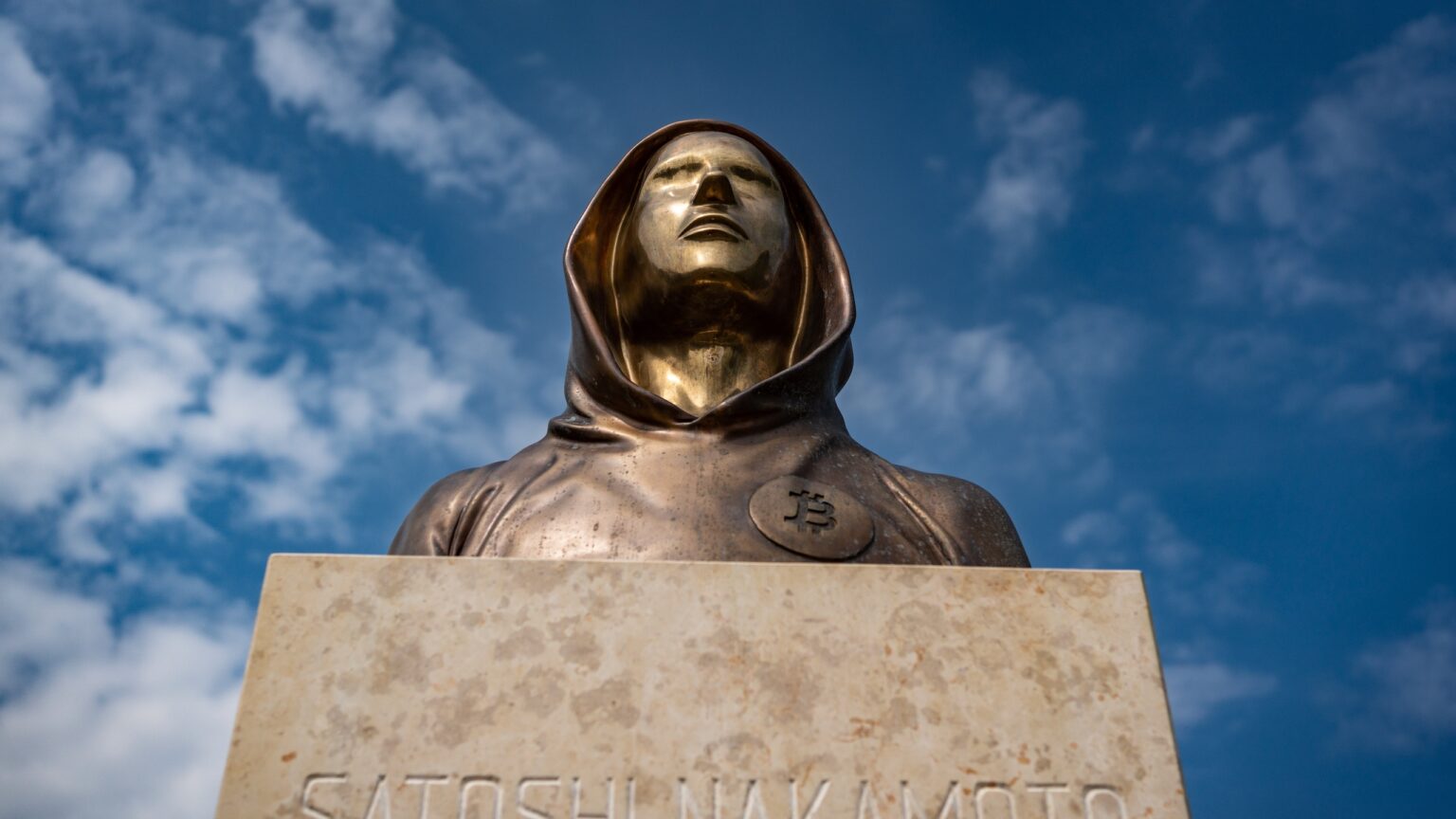Software developer Udi Wertheimer made sensational claims on Twitter this week, suggesting Bitcoin founder Satoshi Nakamoto supported the first NFT transaction on the Bitcoin blockchain – the sale of a picture worth 500 BTC.
His comments come as Casey Rodarmor’s Ordinals, a kind of NFT minted on Bitcoin, has caused significant congestion on the network due to high demand for storage space. This has led to a corresponding 3,000% increase in bitcoin transaction fees since January.
“We discovered that the first purchase ever with bitcoin was buying a JPEG for 500 BTC in Feb 2010,” Wertheimer claimed in a tweet. “It pre-dates the the famous 10,000 BTC pizza. Satoshi himself helped facilitate the JPEG sale.”
Also read: Grayscale Bullish About Ordinals’ Impact on Bitcoin
The 500 BTC-worth JPEG
According to the screenshot Wertheimer posted, a user named Sabunir tried selling a picture for 500 BTC, worth about $1 at the time, on the Bitcoin forum Bitcointalk.
The screenshot from Jan. 24, 2010 appears to suggest that Nakamoto helped to facilitate the transaction, valued at more than $13.5 million at current market prices.
It would also mean the supposed NFT sale is the first real-world use of bitcoin as a medium of exchange. Until now, Laszlo Hanyecz is considered the first person to make a real-world transaction when he bought two pizzas in the U.S. for 10,000 BTC on May 22, 2010.
This Twitter Space was FIRE
We discovered that:
🔥 the first purchase EVER with bitcoin was buying a JPEG for 500 BTC in Feb 2010
🔥 it pre-dates the the famous 10,000 BTC pizza
🔥 satoshi himself helped facilitate the JPEG sale
🔥 laser-eye cult in absolute SHAMBLES pic.twitter.com/b6ESOkbf0i
— Udi Wertheimer (@udiWertheimer) May 14, 2023
Wertheimer’s tweet has sparked speculation on whether or not the pseudonymous Bitcoin founder was actually involved in the sale of NFTs on the Bitcoin blockchain. The claim that Nakamoto might have supported the first NFT sale is important for a few reasons.
Legitimizing Bitcoin NFTs
First, the suggestion could legitimize the non-fungible token (NFT) market on Bitcoin and make it more attractive to Bitcoin investors who may not be sold on Ordinals. Currently, the Bitcoin community is divided about the impact of Ordinals on the network.
While Bitcoin fundamentalists such as Adam Back want the so-called “inscriptions” dropped for spamming the blockchain, others like Eric Wall and Wertheimer himself believe they can help the network “mature” and “scale.”
The NFTs have generated massive hype in bitcoin circles, with over 6.1 million Ordinals now embedded on the Bitcoin network, according to Dune Analytics data. But they have also led to massive congestion on the blockchain, causing transaction fees to skyrocket.
Critics say any use of the network outside of financial transactions detracts from the original vision of Satoshi Nakamoto. In 2010, the founder replied to a question on whether bitcoin should be used for non-financial purposes with an emphatic “No.”
Nakamoto backing NFTs, as Wertheimer suggested, would give credence to those in support of Ordinals, opening the floodgates for more inscriptions on Bitcoin. But that would also mean Satoshi contradicted himself on the strict financial use of BTC, which seems unlikely.
Second, if Satoshi supported the NFT sale, as Wertheimer would have everyone believe, it suggests he was interested in the potential of non-fungible tokens. Some people believe it’s possible that Nakamoto was simply testing the waters with the sale.
Many others aren’t convinced, believing he would not dabble in such things. Third, the idea that Nakamoto might have been involved in the first Bitcoin NFT transaction adds to the mystery surrounding his identity, making him an even more intriguing figure.
Satoshi didn’t support NFT sale
But does the 500 BTC picture even qualify to be called an NFT on the Bitcoin network to start with?
“It [the supposed Bitcoin NFT] was a link to a picture stored online, not an actual JPEG stored on chain,” said Twitter user Guich, in response to Udi Wertheimer’s tweet.
“Satoshi did support a transaction for something with BTC, not useless data storage on chain. Or did he suggest the actual JPEG to be stored on chain like it is done today and can you link to it?”
Wertheimer would later backtrack on his earlier assertions after bitcoin investor Mike McDonald presented him with new evidence on the supposed NFT transaction involving Nakamoto. McDonald revealed that Sabunir’s 500 BTC “was a donation rather than sale.”
“Unfortunately, it seems like the original tweet might be inaccurate,” Wertheimer admitted on Twitter.
“While a JPEG was put on sale for 500 BTC, and while Satoshi was indeed helping the seller to work out the details of the sale…it is possible that the 500 BTC were sent as a donation for a different interaction, and that the JPEG sale was never executed.”
I'm not sure if it has been dispelled yet but it seems like Sabunir's 500 btc was a donation rather than sale.
He posted his address for his NFT Jan 24, then posted it again in the btc logo thread on Feb 24. Feb 24 500 btc was sent, Feb 25 he thanks 2 people for donations 1/2 pic.twitter.com/6Rk9Ont9KU
— Mike McDonald (@MikeMcDonald89) May 14, 2023
Sabunir later thanked two people for the donations made in two separate transactions totalling 600 BTC. McDonald, who thinks Nakamoto would “have absolutely been pro-Ordinals” said “it’s reasonably likely either the donation was from Satoshi himself! Only 3 or 4 people who would have logically made the donations given timing in the thread etc.”
Perhaps Sabunir should weigh in on the matter, if he’s still around…









 and then
and then